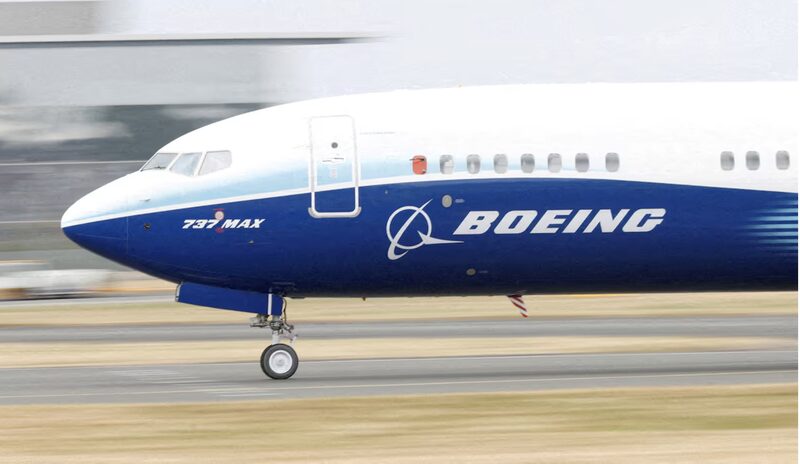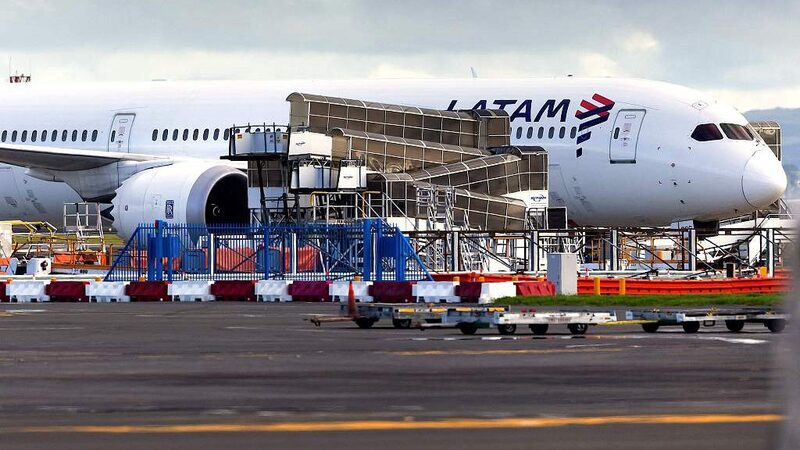A preliminary investigation into the June 12 Air India crash that killed 260 people has revealed that fuel control switches to both engines were moved to the "cutoff" position moments before the aircraft plummeted, according to a report by India's Aircraft Accident Investigation Bureau (AAIB). The findings, released Saturday, offer critical insights but stop short of assigning blame for one of Asia's deadliest aviation disasters.
The Boeing 787-8 Dreamliner, en route from Ahmedabad to London, reached its maximum recorded speed before both engine fuel switches transitioned from "run" to "cutoff" within a one-second interval. Cockpit voice recordings captured one pilot questioning the other about the action, with the second denying responsibility. Despite later attempts to restore engine power, the plane rapidly lost altitude, culminating in a mayday call before crashing into a residential area.
The report noted that a 2018 U.S. Federal Aviation Administration bulletin had flagged potential issues with the fuel switch locking mechanism but classified it as non-critical. Air India stated it did not conduct recommended inspections since they were advisory, not mandatory. Investigators emphasized the aircraft met all safety directives at the time of the crash.
With 242 passengers and crew—including nationals from India, the UK, Portugal, and Canada—and 19 ground fatalities, the disaster left only one survivor: a British passenger who walked away from the wreckage. Forensic teams later revised initial casualty counts after analyzing scattered remains.
The AAIB confirmed ongoing collaboration with U.S. and British agencies, stressing that no technical faults have been identified in the Boeing 787-8 or its GE engines. Stakeholders await further evidence as the probe continues under UN aviation guidelines.
Reference(s):
Probe: Fuel to Air India engines cut off moments before deadly crash
cgtn.com







